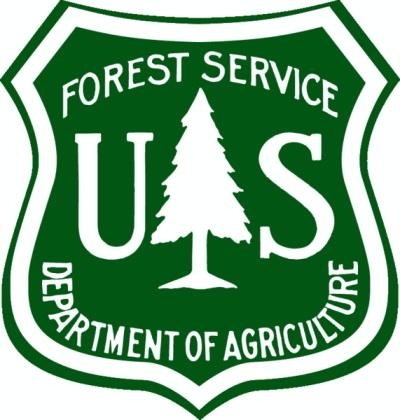American Helicopter Services & Aerial Firefighting Association (AHSAFA) Cautious About Proposed Night Time Aerial Fire Suppression
The American Helicopter Services And Aerial Firefighting Association (AHSAFA) has expressed concern about the US Forest Service (USFS) proposal to lift a decades-old ban on night time operations by helicopter operators engaged in fighting fires on Federal lands going into effect in 2013. The policy change, which was announced by the USFS on August 16, would apply only to federally protected wildland fires in Southern California.

“While we understand the desire of the USFS to permit aerial firefighting operations after dark, the industry is going to approach this with caution,” says Tom Eversole, AHSAFA Executive Director. “Night operations in wildland aerial firefighting bring their own sets of challenges, not the least of which is the combination of darkness and heavy smoke. This can make for high risk conditions for helicopter pilots flying at low altitudes over unfamiliar territory, often fraught with high voltage power lines and other strike hazards.”
Some AHSAFA members have also expressed concern. Stuart Taft, Chief Pilot for Hillcrest Aircraft Company in Lewiston, Idaho, says his company is taking a cautious approach to the proposal. “We will have to wait for the USFS to do its due diligence with respect to the kind of technology required for night time firefighting, and to issue a request for information (RFI) or a request for proposal (RFP).” “In that way we could see what technology retrofits would be required and if it fits our business model.”
Todd Petersen, Vice-President, Marketing for Columbia Helicopters in Portland, Oregon, reports that while the company respects the fact that catastrophic fires call for dramatic ideas regarding containment, the potential risks involved with using helicopters to fight fires at night outweigh the benefits. "The lack of vision in low light environments substantially increases the potential for strike hazards, especially when flying into and out of the water source. No fire is worth the potential loss of life from these hazards." Peterson says night time helicopter flying would mandate the use of night vision goggles (NVG), along with training pilots to use them in a firefighting scenario, requiring a significant financial outlay. “For the limited area where night time firefighting would be performed, and the limited opportunities we'd have to fight fires at night within that area, it simply would not be cost-effective for us at this time.”
That view was shared by Pete Gookin, chief pilot for Intermountain Helicopter in Sonora, California. “I don't see this as a viable option for us, given the economics,” he notes. “There is the expense of equipping the helicopter for night vision flying, and the cost involved with training pilots--both initially, and recurrently--in the use of night vision goggles. It would be prohibitively expensive for an operation of our size, and we would not be able to charge the USFS enough to recover these costs.”
One operator, Rogers Helicopters of Fresno, California, is enthusiastic about the proposal, since it is already prepared for night flying, given its years of emergency medical services (EMS) operations, with seven Bell 212-HP medium helicopters. “Those aircraft operate at night all the time. Our pilots are experienced with night vision goggles, and the helicopters we fly are FAA certified for night vision goggle use,” says company Vice President Robin Rogers. “So, if the USFS plans to use commercial helicopter operators under contract, I'm all for it. But if they plan to purchase their own helicopters and fly them with their own pilots, I oppose it.”
Columbia Helicopters, Hillcrest Aircraft Company, Intermountain Helicopter, and Rogers Helicopters are all members of AHSAFA, the Washington-based trade association representing the commercial operators of helicopters and fixed wing aircraft engaged in aerial wildland firefighting.
 ANNouncement: Now Accepting Applications For Oshkosh 2024 Stringers!!!
ANNouncement: Now Accepting Applications For Oshkosh 2024 Stringers!!! Aero-News: Quote of the Day (06.13.24)
Aero-News: Quote of the Day (06.13.24) ANN's Daily Aero-Term (06.13.24): Dead Reckoning
ANN's Daily Aero-Term (06.13.24): Dead Reckoning ANN's Daily Aero-Linx (06.13.24)
ANN's Daily Aero-Linx (06.13.24) ANN FAQ: How Do I Become A News Spy?
ANN FAQ: How Do I Become A News Spy?



